Commander Legends has a bunch of great options when it comes to new commanders. So many, in fact, that there are 1300 new combinations of partner pairings alone. It’s going to be a while before we can talk about all of them, but today, I’d love to start with one of the cards that interests me the most: Rebbec, Architect of Ascension.
Rebbec, Architect of Ascension
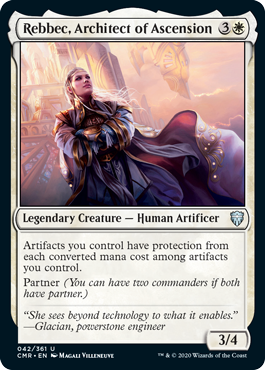
For four mana, Rebbec offers a simple yet tantalizing line of text: Artifacts you control have protection from each converted mana cost among artifacts you control. There’s more to this ability than meets the eye, and before we get stuck into brewing with Rebbec, let’s think a little more on what exactly this ability gives us — and what it might take away.
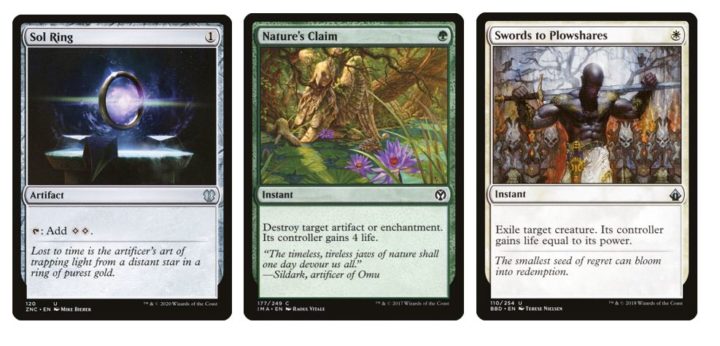
In essence, the ability means that if you have a Sol Ring in play, your artifacts are protected from spells that cost one mana. So, your artifact creature can’t be hit by Swords to Plowshares or Nature’s Claim, or the regular mode of Vandalblast.
This alone is reason enough to run Rebbec, as being able to dodge single-target removal is one of the most valuable qualities when it comes to protecting your board investment. Counterspells and team-wide indestructibility, like Flawless Maneuver, are best saved for board wipes. Rebbec can handle the rest.
Protection Refresher
To understand just how useful Rebbec is, we need to brush up on how protection works. Protection can best be remembered using the mnemonic acronym DEBT.
The permanent or player with protection cannot be:
- Damaged by sources with the specified quality. (All such damage is prevented.)
- Enchanted, equipped, or fortified by permanents with the specified quality.
- Blocked by creatures with the specified quality.
- Targeted by spells with the specified quality, or by abilities from sources of that quality.
We’ve already covered the fact that artifacts cannot be targeted by spells or abilities — just remember that that includes triggered abilities, like from a Reclamation Sage or Ravenous Chupacabra. Let’s look at the other facets of protection.
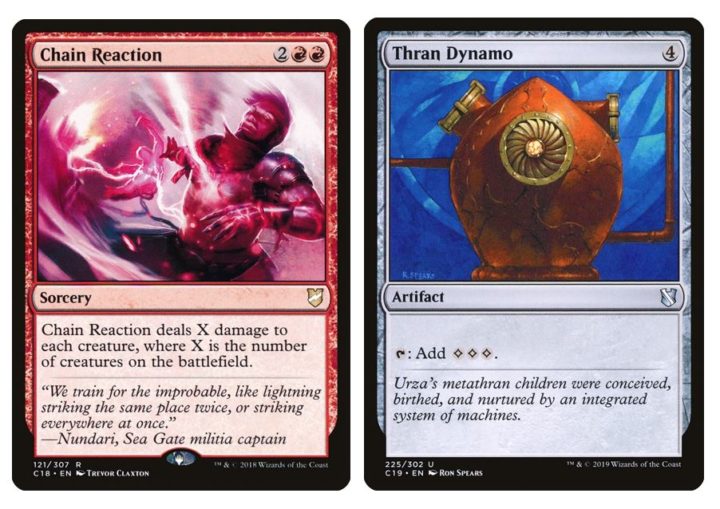
The case of damage being prevented is fairly straightforward. Damage from creatures and from spells cannot damage the permanent — or, if you have protection, the player. This includes deathtouch. So, the only board wipes that protection works against are damage-based wraths, like Chain Reaction. If you had a Thran Dynamo in play, granting protection from CMC 4, artifact creatures couldn’t be damaged by the Chain Reaction. What’s important here is that unlike with indestructibility, the damage is entirely prevented. If for whatever reason your artifact loses protection after the spell or ability has resolved, there is no marked damage to take into account.
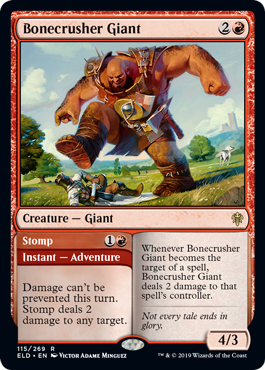
Another important thing to keep in mind is that, if a player casts a spell that has the text “Damage cannot be prevented this turn” — like the Stomp part of Bonecrusher Giant — protection cannot prevent the damage, and damage will happen as normal.
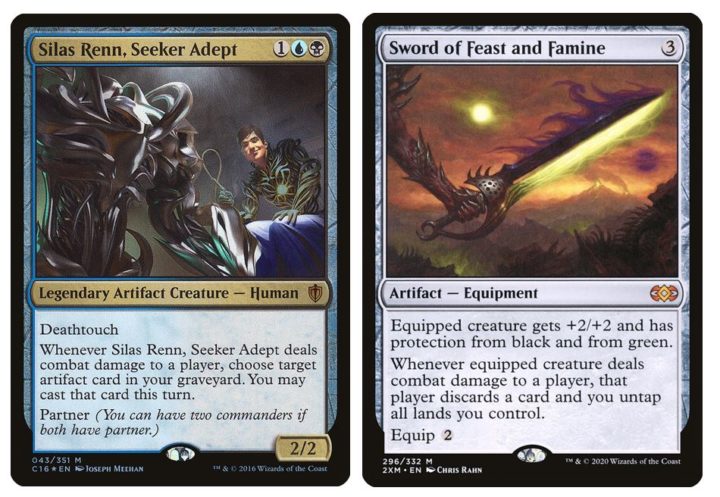
When it comes to equipment and auras, artifacts themselves have protection. So, if you want to equip a Sword of Feast and Famine to a creature, you cannot equip it to Silas Renn, Seeker Adept. Because you have an artifact that costs three mana in play, your artifacts have protection from CMC 3. You have to target a creature with the equip ability, and Silas, as an artifact creature, is therefore not a legal target.
To summarize, from the rules:
702.6a Equip is an activated ability of Equipment cards. “Equip [cost]” means “[Cost]: Attach this permanent to target creature you control. Activate this ability only any time you could cast a sorcery.”
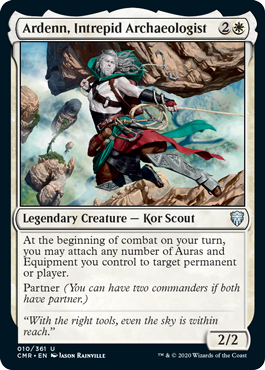
However, what’s key here is that the equipment having protection does not preclude it from being attached to a normal creature; no part of the protection rules are relevant when a protected equipment targets a creature. So, we can attach our Sword of Feast and Famine to an Ardenn, Intrepid Archaeologist just fine, as Ardenn is not an artifact.
The final thing to cover is blocking. Creatures with protection from the designated quality cannot be blocked by those creatures. So, if our artifact creatures have protection from CMC 2, they cannot be blocked by a pesky Baleful Strix, which is really quite handy. If we want to avoid our opponents feeding tokens into our attackers, we simply need to control an artifact token of our own. Tokens have a converted mana cost of 0, unless otherwise specified (like in the case of copying a creature, including its mana cost).
The ability to essentially grant our artifact creatures unblockable with Rebbec is an excellent place to start when it comes to brewing. Before we dive into the more fun interactions we can build around, I’d like to cover some of the common scenarios where Rebbec is more complex and restrictive than you’d probably like.
Rebbec’s Restrictions
We already covered artifact creatures being equipped, but there’s one more instance that’s worth mentioning here.
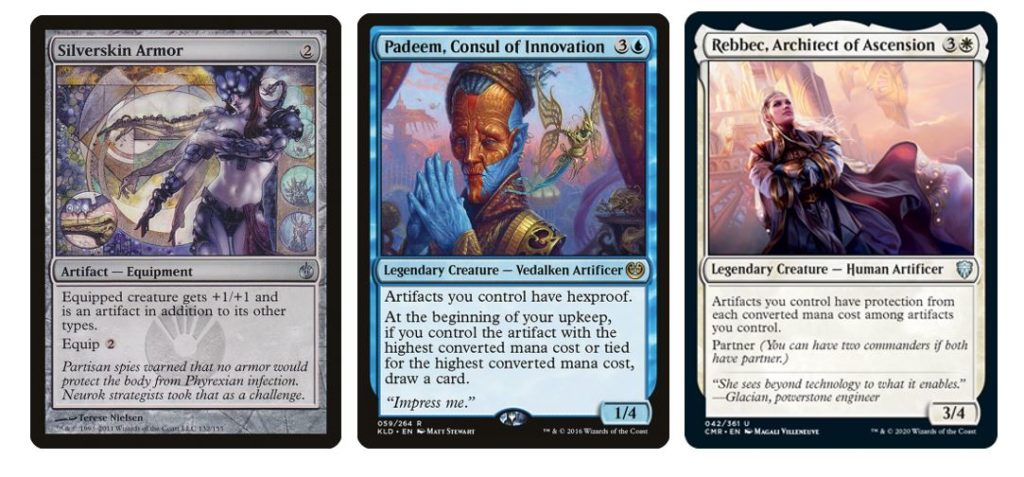
Silverskin Armor is a firm favorite in Padeem, Consul of Innovation decks. Being able to turn Padeem into an artifact means he himself will be hexproof, and many players might immediately flock to this as a great option for Rebbec.
Unfortunately, as Rebbec grants protection, the Silverskin Armor will be unable to equip Rebbec. As soon as she becomes an artifact, she will gain protection from the same converted mana cost as Silverskin Armor, at which point the equipment will become unattached.
702.16d A permanent with protection can’t be equipped by Equipment that have the stated quality […] Such Equipment […] become(s) unattached from that permanent as a state-based action, but remain(s) on the battlefield.
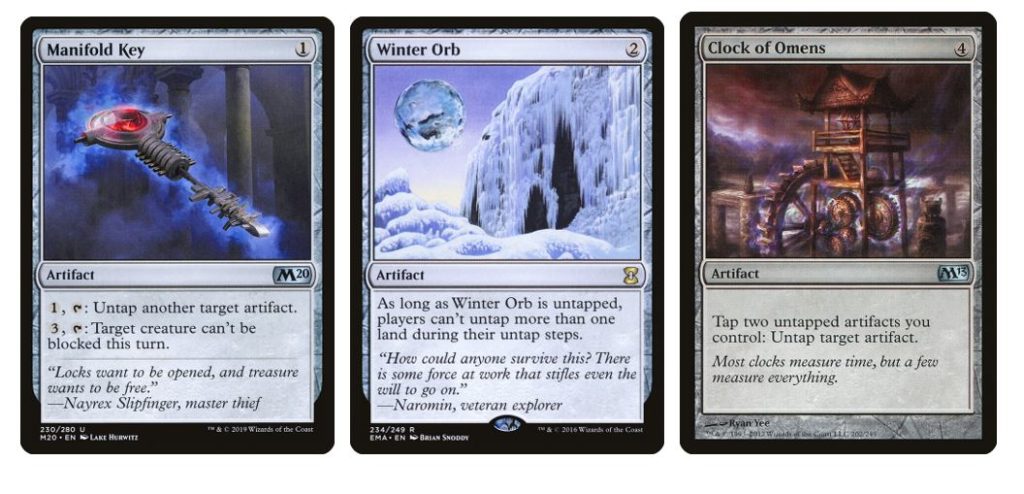
The next thing to be aware of is that, although Rebbec seems like a solid option for a stax-based deck, you can and will shut yourself out of certain strategies by playing her. Both Winter Orb and Static Orb need to be tapped before your untap step.

Untapping or tapping are both targeting effects, which means that, depending on the converted mana cost of the source of the ability, it may be unable to target Winter Orb or Static Orb.
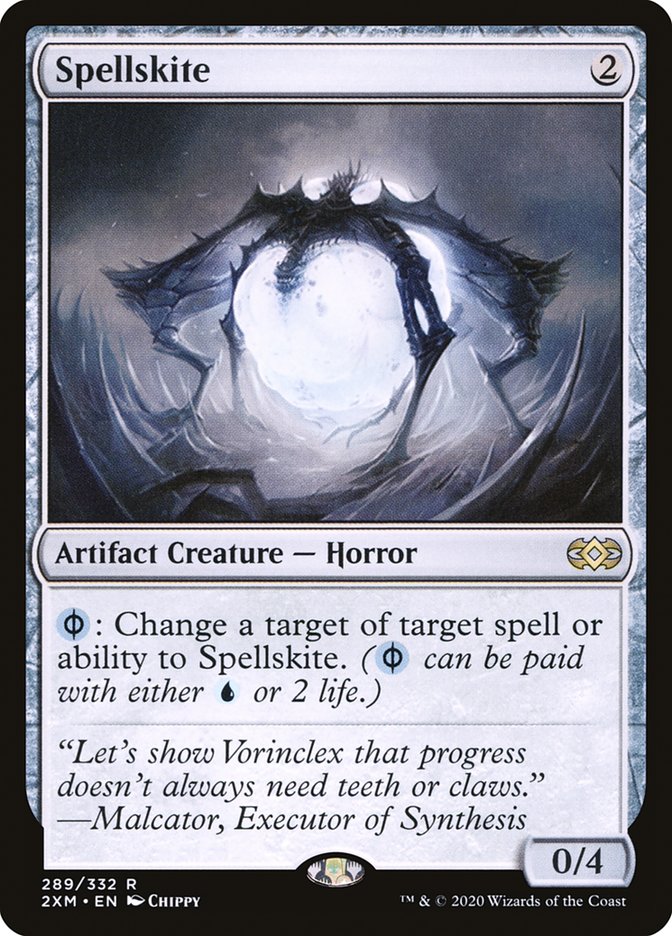
Spellskite is a great value creature, and one that many players will gravitate toward when brewing any artifact deck — or any deck that wants to protect key pieces. Unfortunately, Spellskite is a little less good than you’d think when Rebbec is in play.
Because Spellskite has protection from the CMC of artifacts under your control, you will be unable to use Spellskite’s ability to redirect a spell that it has protection from. This is because Spellskite is not a legal target for the spell. Think of it like trying to redirect a Demystify: Spellskite is not a legal target for Demystify, so you cannot change the target to Spellskite.
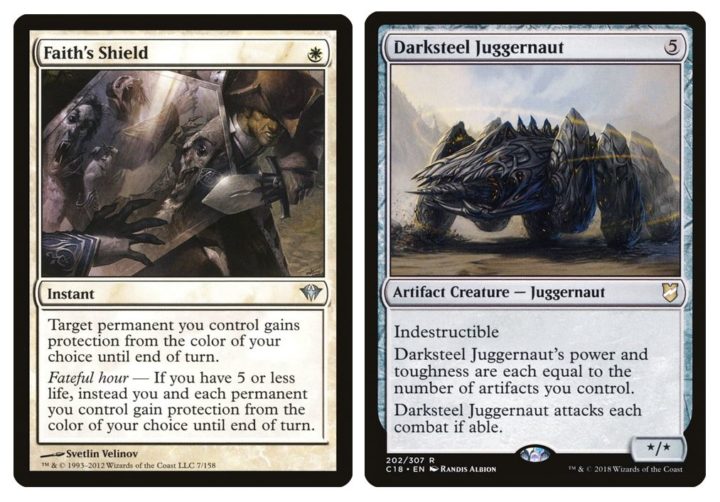
Finally, keep in mind that you will be unable to use single-target interaction to protect your artifacts. Spells like Faith’s Shield are liable to be unable to target them, and you won’t be able to use a Tainted Strike to make a Darksteel Juggernaut lethal, either.
Architect of Ascension
Now that we’ve gotten that out of the way, let’s look at how best to use Rebbec. Artifacts generally don’t fall under green, so I would be hesitant to look at green-based partners unless Golem tribal is your thing. (In that case, take Ich-Tekik, Salvage Splicer.)
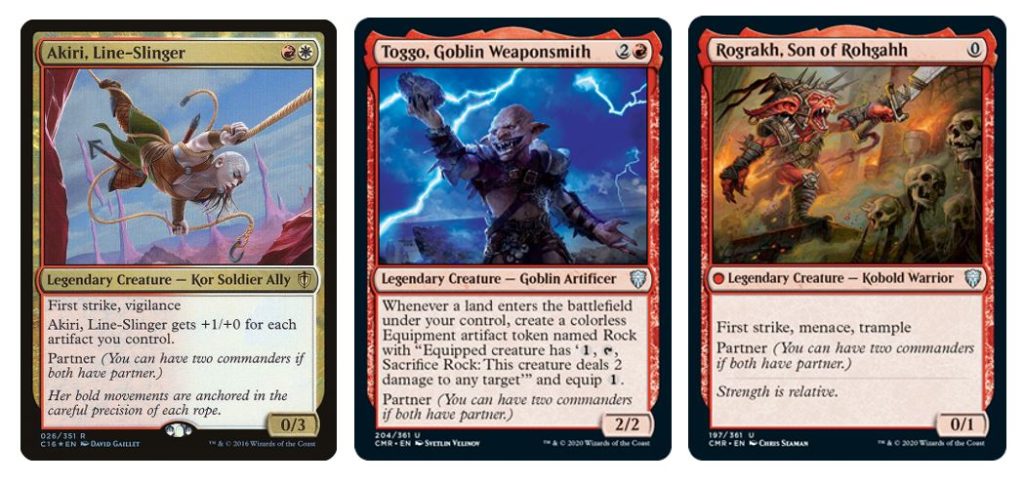
Adding red is a potential way to build a strong equipment voltron deck. While you’ll lose access to cards like Brass Squire — at least, as an equipped attacker — you do gain a lot of survivability for your artifacts. Boros colors are also great for metalcraft, and by making Rock tokens with Toggo, you’ll be able to grant your artifacts protection from CMC 0.
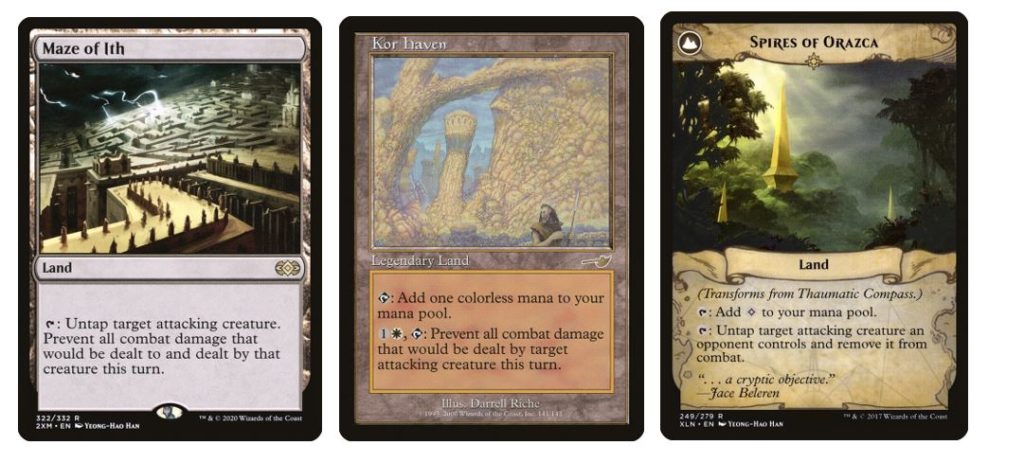
What makes this particularly good in a voltron-focused build is that it will shut off Maze of Ith effects that might target an artifact creature you have. Just having a Rock, a Thopter, or an artifact land in play will grant protection from CMC 0.
So, in addition to making Akiri huge, you’ll be able to send in a Blightsteel Colossus to finish off another player that might have a Maze effect in play. Akiri decks don’t have to be focused on equipment, as she naturally grows without it, meaning swarming the board with artifacts is a viable way to win. For a deck that does just this, check out Akiri & Silas Renn’s Treasure Hunt.
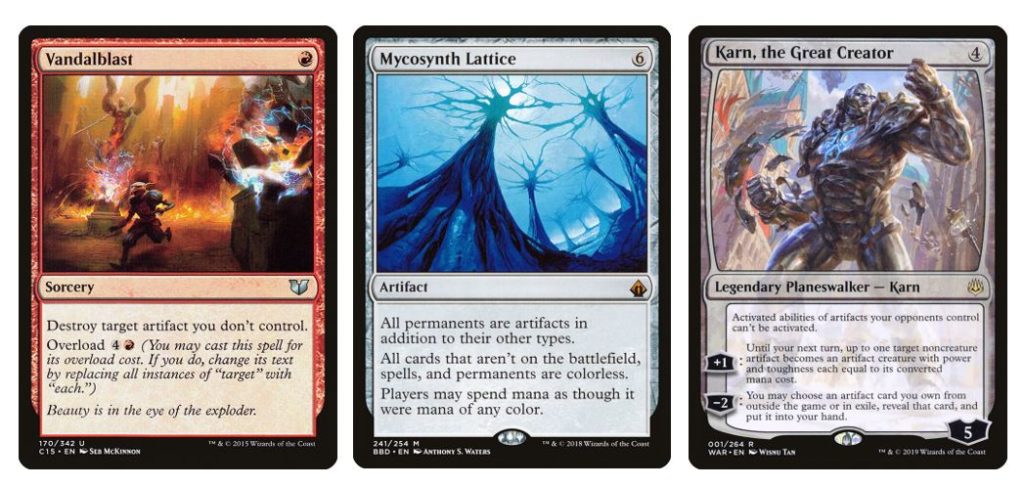
Having access to red also gives us access to Vandalblast, which opens up the Mycosynth Lattice combo. While Lattice can be clunky and limited in use on its own, in a Rebbec build, it can do more than just enable one-sided board wipes: it can give our board protection from every CMC we have in play, and turn Rebbec into an artifact. The end point of this is very hard to block creatures, and a Rebbec that’s exceedingly difficult to remove, especially if we drop Darksteel Forge into play as well.
Galvanic Genius
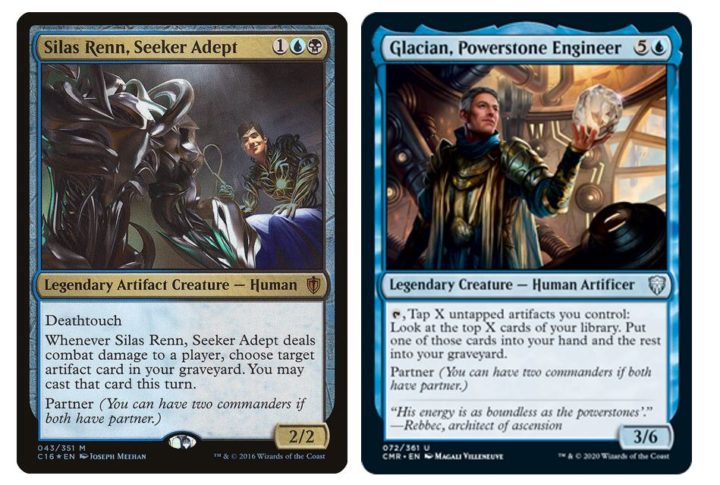
While adding red is good, adding blue and/or black may be even better. Partnering with Silas Renn, Seeker Adept or Glacian, Powerstone Engineer seems to be your best bet.
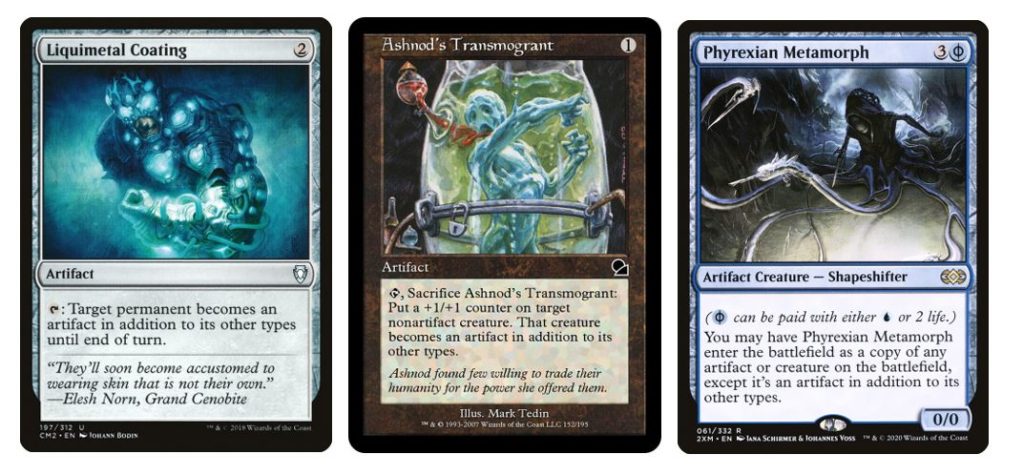
Turning Rebbec into an artifact with Liquimetal Coating is a great way to make her harder to remove, but you can achieve something similar with Phyrexian Metamorph. Just sacrifice the original Rebbec to the legend rule, and now you have an artifact Rebbec that protects herself.
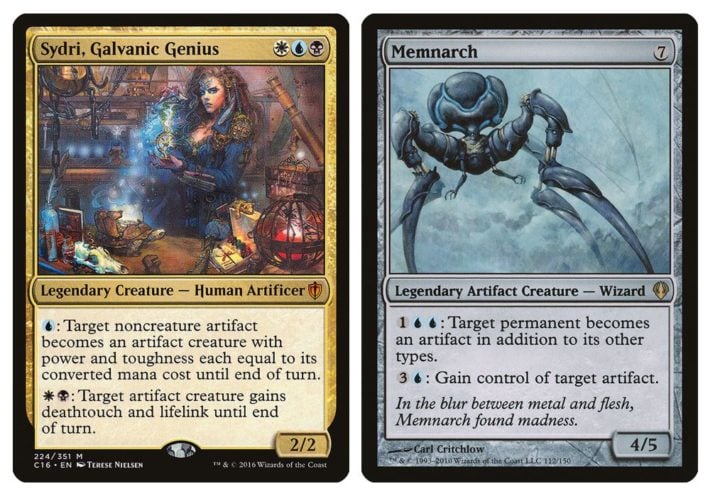
Rounding out the ways to turn things into artifacts are Sydri, Galvanic Genius, and Memnarch. Sydri can turn noncreature artifacts into creatures, and really shines when we’re using Mycosynth Lattice; her ability, like Karn, the Great Creator’s, can remove lands. Just remember she won’t be able to target any artifact creatures we control who have Rebbec’s protection.
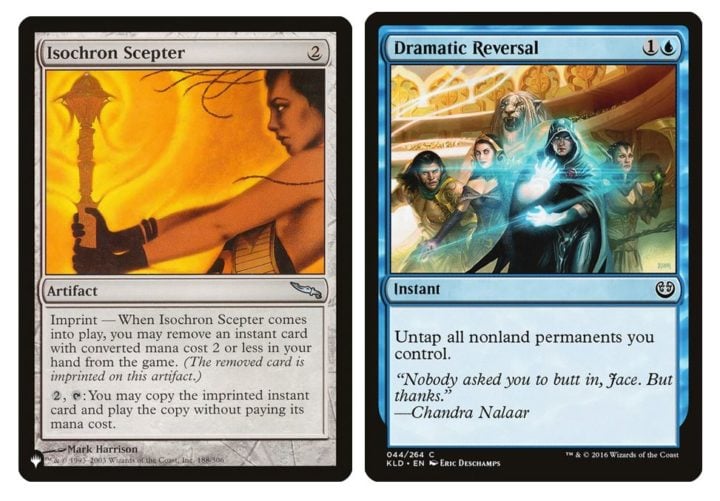
Memnarch turns things into artifacts, and can gain control of them. At a base level, Memnarch turns Rebbec into an artifact, but when we build around Memnarch, we can go for infinite mana to take control of all permanents. Isochron Scepter and Dramatic Reversal is arguably the easiest way to do this, and Rebbec in the Command Zone makes resolving and keeping this artifact in play a lot easier.
In fact, a stax-based deck with a combo finish is perhaps one of the most alluring prospects when building with Rebbec. Being able to protect cards like Ethersworn Canonist, Thorn of Amethyst, Torpor Orb, Tangle Wire, Ensnaring Bridge, Trinisphere, Cursed Totem, and Null Rod is pretty exciting.
In Esper or blue-white, there are plenty of win conditions, too. From the Thopter-Sword combo (Sword of the Meek, Thopter Foundry, and a way to generate value from ETB’s) to Time Sieve and Thopter Assembly to infinite mana and self mill, there’s ways to end the game without combat damage.
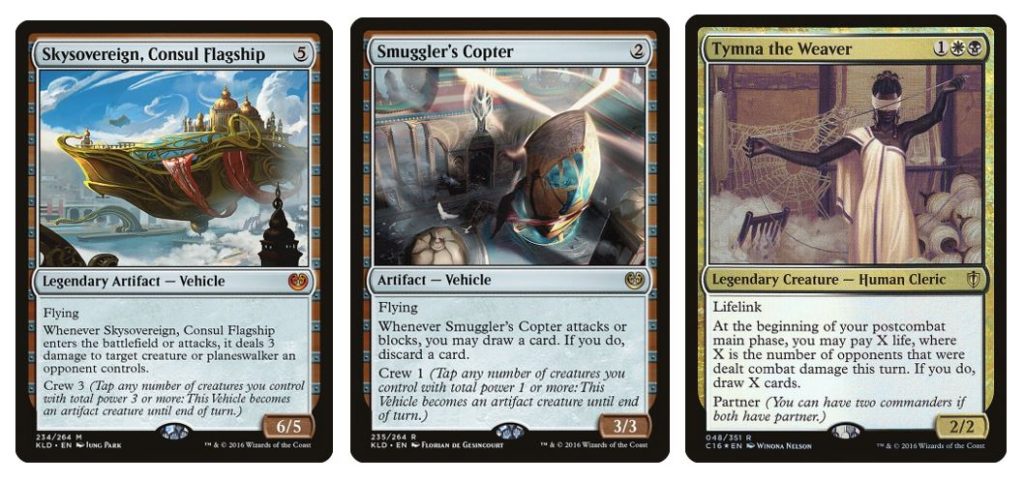
If we follow the trail a little further, the classic Bears in Cars cEDH build — which usually runs Tymna, the Weaver and Silas Renn — is a good source of inspiration. Vehicles are a great creature base to run with Rebbec — not only do they already dodge sorcery-speed creature removal, but now they can dodge artifact-based removal and even instant-speed, single-target removal.
Losing Tymna in the Command Zone is obviously a blow, but in a slightly slower and less competitive meta, Rebbec is still great at the helm of a vehicle deck, especially when she contributes three power to crew costs.
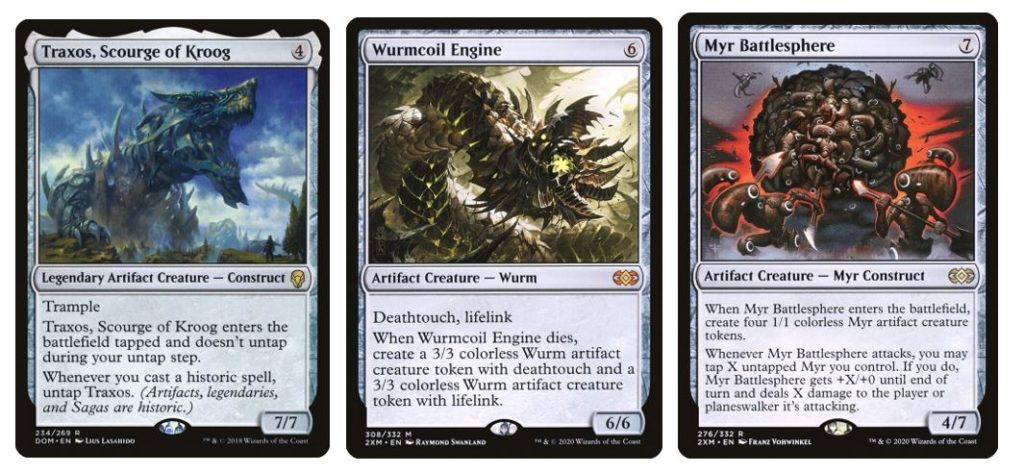
The most obvious use for Rebbec is to make big, brawly artifact creatures harder to block. By giving them protection, Rebbec makes sure they can get in for damage easily enough.
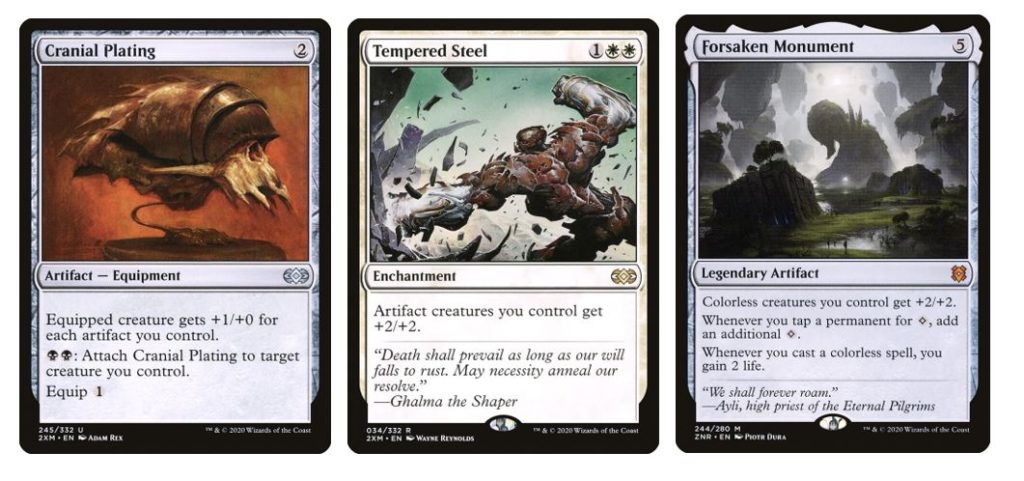
Of course, buffing them is the natural course of action here, and there are plenty of options depending on what color you’re in. Cranial Plating is perhaps the strongest, but if you’re going wide with tokens, cards like Cathars’ Crusade and Forsaken Monument can be big role players.
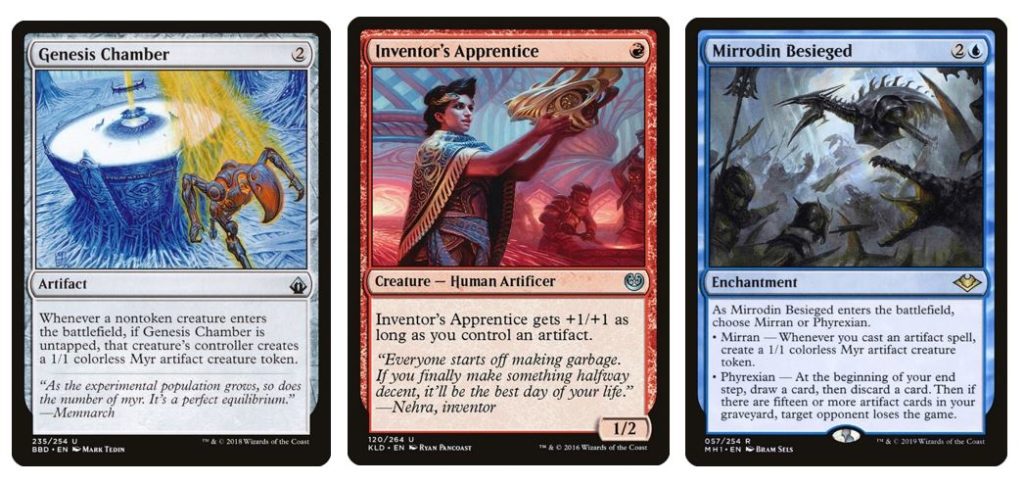
There are a great many token producers to consider for Rebbec, and one of the most exciting aspects of using cards like Genesis Chamber in this way is that your own tokens and artifact creatures will have protection from your opponent’s Myr tokens.
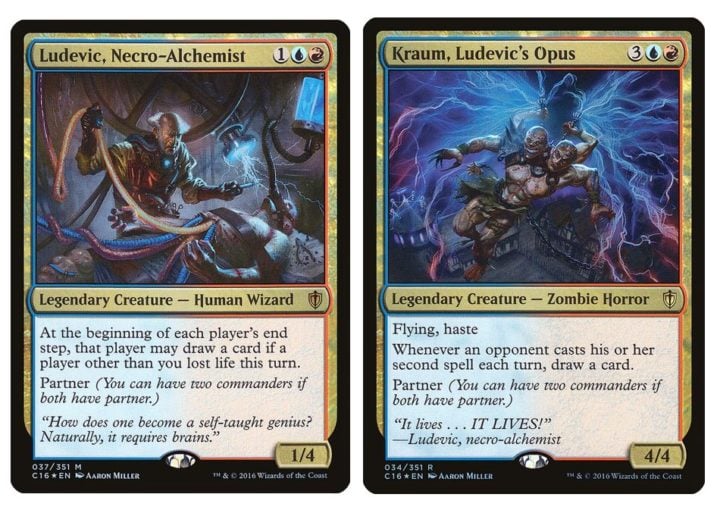
If you are considering the tokens route, then Jeskai could be better than Esper, especially if you want access to Brudiclad, Telchor Engineer. Kraum and Ludevic aren’t the most exciting options for partners, but you could easily make it work.
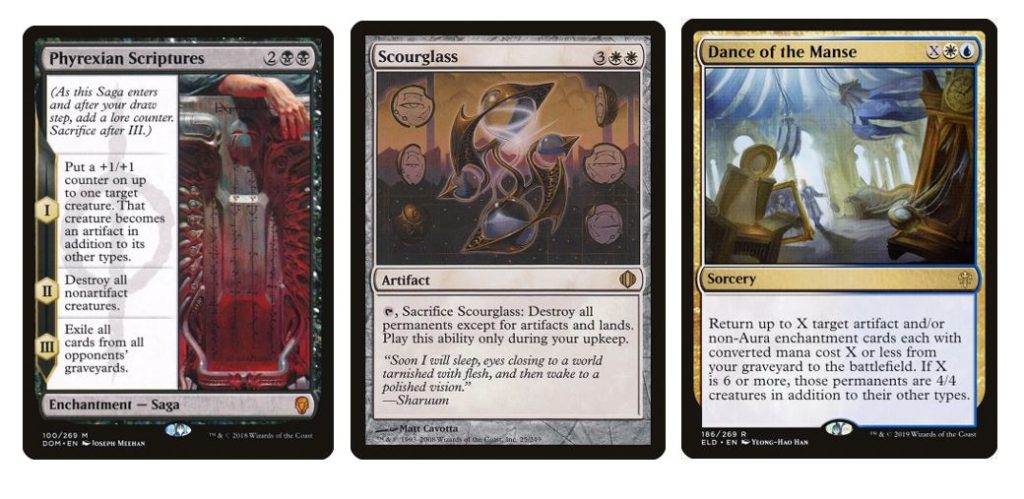
Rounding things out today, I’d like to mention a few cards that are worth a look when building with Rebbec. Phyrexian Scriptures can turn Rebbec into an artifact, before potentially being a one-sided wrath. Scourglass can be a repeatable board wipe, especially if we’re playing Silas Renn, and Dance of the Manse is at its best in this kind of deck. When we bring the artifacts back into play as creatures, they will all natively grant each other protection if Rebbec is in play, making for a potentially unblockable board.
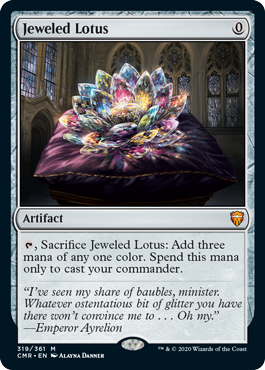
Finally, Jeweled Lotus enables blistering starts when you’re running Silas Renn as a partner. If you can drop Silas on turn one, you’ll be able to attack on turn two, recast the Jeweled Lotus, and cast Rebbec with one mana left over for interaction. It won’t happen often, but if there was ever a deck to try Jeweled Lotus in, I’d say this is one of them!
In Closing
Rebbec, Architect of Ascension is an exciting card. Her ability is something new, and I like that white is getting more cards that care about artifacts. Metalcraft is something I’d love to see come back for white-based decks, to be completely honest.
Rebbec fits great at the head of artifact strategies, but she can also fulfill a role similar to Padeem, Consul of Innovation in the 99. Whether you want to protect your equipment in a voltron deck or you want to set up some shenanigans in Esper, I think Rebbec is a strong prospect.
I hope this article has been helpful, particularly in clearing up some of the more complex rules interactions with protection. Let me know on Twitter what partners you’re building with right now — I’m always hyped to hear cool ideas.

Kristen is Card Kingdom’s Head Writer and a member of the Commander Format Panel. Formerly a competitive Pokémon TCG grinder, she has been playing Magic since Shadows Over Innistrad, which in her opinion, was a great set to start with. When she’s not taking names with Equipment and Aggro strategies in Commander, she loves to play any form of Limited.

